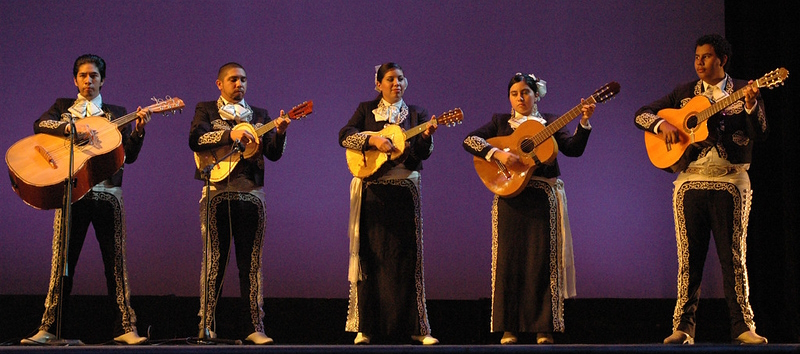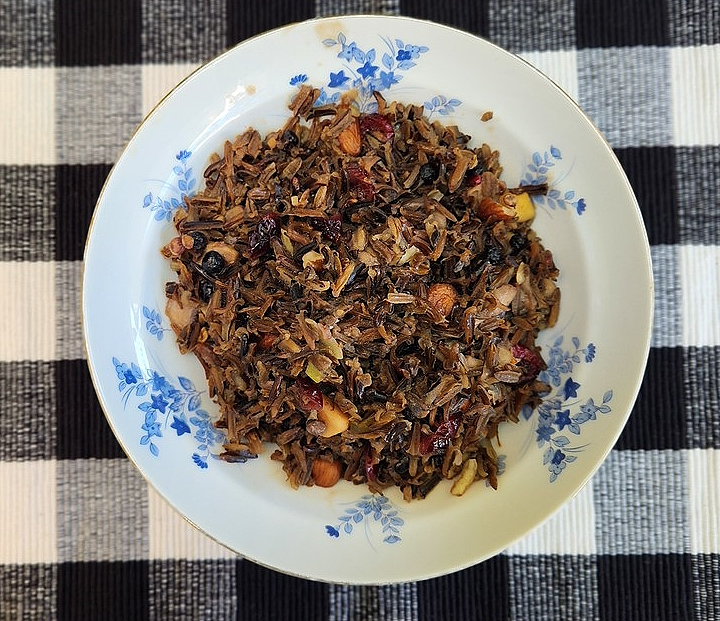
Mariach Juvenil de San Diego
In 2011, UNESCO honored Mariachi music by including it in the "Representative List of the Intangible Cultural Heritage of Humanity". It is generally believed that that Mariachi music originated in the western states of Mexico in Aguascalientes, Colima, Jalisco, Michoacan and Nayarit. Mariachi music was highly influenced by Son Jalisco, the regional music of Jalisco. The origins of the word "Mariachi" are unknown, but the term was in use as early as the 1850s. A popular theory is that the name was derived from the French word for "marriage" because Mariachi music was commonly played at weddings during the French "intervention" (1861-1867). But better evidence seems to suggest the term was in use prior to this period. Other sources variously claim that the word is derived from one of several indigenous words. Mariachi music has been played for a wide variety of events, including weddings, birthdays, quinceañeras (15th birthday celebration for girls), baptisms and public events. Mariachis are also important to the Mexican tradition of young men serenading young ladies through romantic ballads.
Most Americans are familiar with the sound of Mariachi music. Bright trumpets, rhythmic strumming of guitars and the sweet sound of violins weave harmonically with exuberant, or sometimes plaintive, vocals. Mariachi bands vary in size, but they usually include two trumpets, several violins, standard guitars as well as guitarra (an acoustic bass guitar), and a round backed guitar-link instrument called a vihuela. Bands are expected to be able to play hundreds of songs. Lead vocals switch from singer to singer and all band members join in the choruses. Vocalists are selected to match their voice quality to the song's style. Love, death, heroism, country life, and animals (even cockroaches!) are popular song themes. Formerly, Mariachi bands were exclusively male, but increasingly female musicians and singers have become essential to the ever evolving tradition
Mariachi music grew out of a blend of several musical traditions"” most notably indigenous, Spanish, and African. Although Mariachi music has an unmistakable and unique sound, it actually embraces many styles including Boleros, Polkas, Ranchera, Serenata, Waltzes and more. Mariachi music continues to be happily influenced by other traditions in the Latin world, recently incorporating styles that include Huapango from the Huastec region of Mexico and Cumbia, originally from Columbia.
The costumes of Mariachi players, referred to as Traje (suit or costume), are also distinctive. Mariachi developed in rural Mexican areas where cattle and cowboys (charro) roamed and this history is exuberantly reflected in the clothing of Mariachi players. Charro Tradje feature short jackets and tight trousers extravagantly embroidered with brightly shining silver and gold thread and further ornamented with silver and gold buttons. Literally and figuratively, rounding out the costume is a huge often equally decorated sombrero made of straw or felt.









